Prone leg lift Exercise: Health Benefits, How to do?
What is Prone leg lift exercise?
Prone leg lift is an exercise that targets the thigh muscles mainly gluteal muscles. This exercise is usually performed lying on the floor with the legs in the air. The person performs the leg lifts by contracting the thigh muscles and lift the legs up in the air, parallel to the body. This exercise is usually performed on a mat or carpeted floor to protect the floor from scratches.
- This exercise also called as prone leg lifts or prone hip extension.
- It is a simple exercise to perform at home as a part of your home exercise program.
- It is a strengthening exercise that utilize your gluteal muscles of your hips,hamstrings and your lower back muscles.
- This is a important exercise for your spine, hip, or lower extremity rehabilitation.
- Low back, hip or leg pain may be caused by many different factors.
- If your physiotherapist detect that you may benefit from strengthening your gluteal muscles and low back muscles,.
- If you are suffering from back pain or hip pain, you get benefit from physiotherapy treatment of strengthening exercise to improve your mobility and reduces your symptoms.
- One component of your rehabilitation may include performing exercises help to improve the strength of your low back muscles and your hips.
- It will help to improve the way your walk or may aid in attaining and maintain good posture.
- For women purpose this is useful as it helps to strengthen the legs and thighs. This proves particularly helpful in women at childbearing ages.
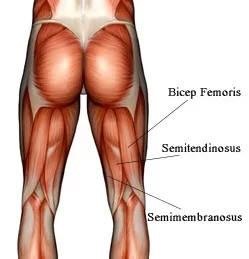
Which muscle use for prone leg lifts?
- Lower back muscle
- Glutes maximus,glutes minimus, glutes medius (the three muscles that make up the buttocks),
- Hamstrings group of muscle (semimembranous, semitendinious,biceps femoris)
- Core muscle
Benefits by doing Prone SLR Exercise
- Helps to improve active range of motion (ROM) in hip extension
- Helps to decrease Lower back pain
- Rehabilitation exercise After lumbar, Hip related surgery
- Helps to reduce Hip pain, Thigh Pain
- Advisable exercise After total hip replacement
- This is progression exercise after knee surgery
- An injury prevention exercise for hip and back
- Help to increase hip and back strength and its stability.
- Help to improve your back mobility
- Improve your body composition
- Improve coordination and agility,
- Improve balance.
How to do Prone Straight Leg Raise Exercise?
- For this exercise you have to lie on your tummy with both leg extended and your both arms by your side or down to your forehead to take support.
- Gently tighten your core muscles by keeping your abdominal engage, you have to breath normally.
- Your abs should be engaged and your knee should be straight.then slowly elevate right leg up towards ceiling.
- You must straighten your knees your thighs lifts from the ground.hold your leg straight upward side in air for couple of seconds,and then slowly take your leg down to the floor.
- Make sure you will not to rotate back or pelvis while lifting your leg up.
- Do this exercise for 10 to 20 repetitions,and then repeat this exercise on another leg.
- Be sure you have to take a gap of at least 48 to 72 hours between the next session of exercise to allow your muscle to recover.
- Physical therapist advised you to do this exercise with alternate leg raising especially when you performing this exercise as a part of lower back rehabilitation exercise program.
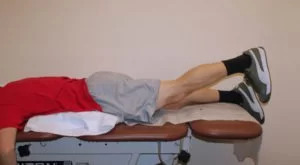
- If You will make this exercise more challenging then add some weight to your exercise.wrap 2 to 3 pounds of weight over ankle joint then you will do prone leg lifts.
- It will increase the amount of resistance when you perform this exercise.
- You can also use resistance band, such as a Thera-band wrap over ankle in front of you it will add resistance and increase the challenge with prone leg lifts.
- You will do this exercise once or twice daily, and it is a good idea to visit nearest physiotherapist to check on the frequency of the exercise for your specific condition of leg or back .
- If you want to try an even more challenging progression of the prone leg lifts then try to perform this exercise on all fours limbs, like in a quadruped position or doing prone leg lifts in a plank position will increase the challenge even more.
- Doing this exercise may induce a slight increase in lower back discomfort.
- If this exercise induce any acute or sharp increase in the lower back, hip, or leg pain, then you should stop doing this exercise and visit to your healthcare provider or physiotherapist.
When you should not to do Prone leg lift exercise?
- If you feel pain during exercise
- If your doctor advised you to take a rest.
- If you have recent hip injury
- If you have recent knee injury
- If you recently operated for abdominal organs.
- If you already suffering from severe back pain.

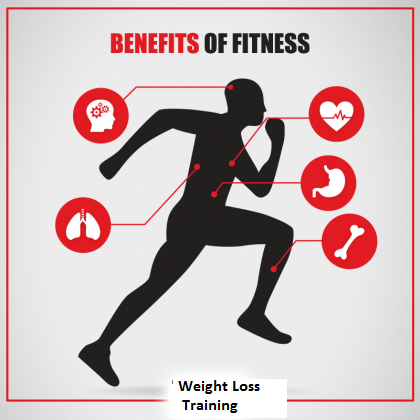
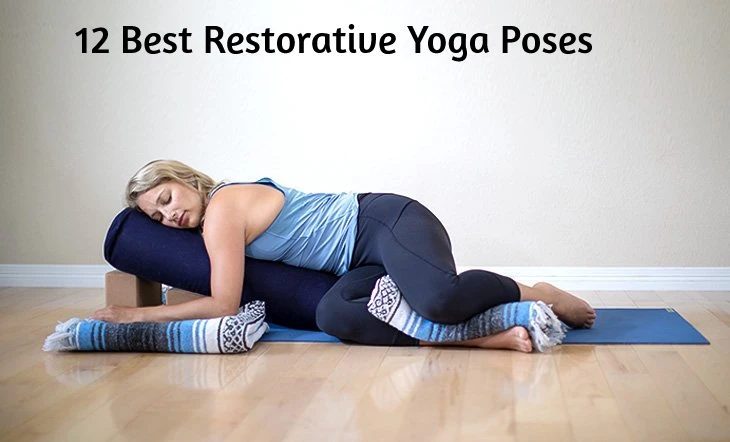
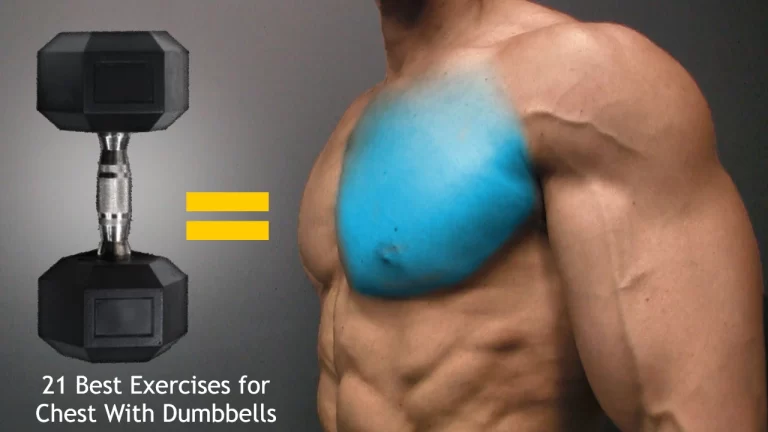
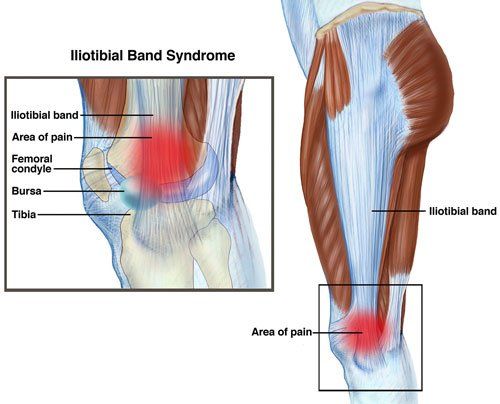
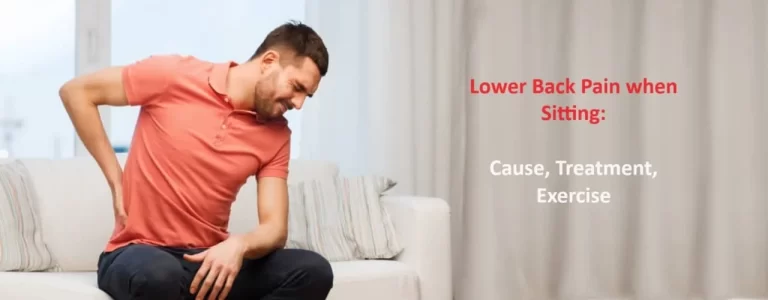
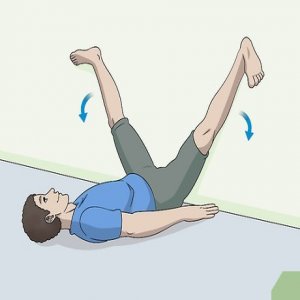
Prone leg lift Exercise is an east to perform Home exercise to maintain regular fitness level.